The importance of site analysis in civil engineering projects
 In civil engineering, every successful project begins with a deep understanding of the site. The mix of human innovation and the natural environment requires meticulous planning, and that’s where site analysis takes the spotlight. Whether it’s a towering skyscraper, a complex roadway system, or a sustainable community development, site analysis is the cornerstone that shapes the blueprint of every civil engineering endeavor. In this blog post, we delve into the significance of site analysis and how it lays the foundation for creating safe, efficient, and sustainable structures and infrastructure.
In civil engineering, every successful project begins with a deep understanding of the site. The mix of human innovation and the natural environment requires meticulous planning, and that’s where site analysis takes the spotlight. Whether it’s a towering skyscraper, a complex roadway system, or a sustainable community development, site analysis is the cornerstone that shapes the blueprint of every civil engineering endeavor. In this blog post, we delve into the significance of site analysis and how it lays the foundation for creating safe, efficient, and sustainable structures and infrastructure.
The site: Where vision meets reality
Imagine embarking on a construction project without knowing the lay of the land, the environmental conditions, or the existing infrastructure. It’s akin to setting sail without a map or compass. Site analysis is the compass that guides civil engineers through uncharted territories, providing the data and insights needed to transform vision into reality.
Understanding the terrain
From the gradient of the land to the soil composition, site analysis delves deep into the natural features that impact construction. This understanding enables engineers to design structures that work with the land rather than imposing on it. By designing structures that align with the land’s natural contours, engineers not only enhance the aesthetics but also improve structural stability. A thorough grasp of the terrain ensures that every aspect of the project is meticulously planned to create a symbiotic relationship between the built environment and the surrounding landscape.
Environmental factors
Site analysis considers environmental elements such as flood zones, groundwater levels, and potential soil erosion. These factors are crucial in designing projects that can withstand the forces of nature and minimize environmental impact. Engineers scrutinize environmental elements such as flood zones, groundwater levels, and the potential for soil erosion. This thorough assessment helps identify areas prone to environmental vulnerabilities, enabling engineers to develop risk mitigation strategies. By designing structures that can withstand nature’s challenges, civil engineers contribute to long-term sustainability and resilience. In doing so, they minimize the impact of construction on the ecosystem and contribute to preserving natural resources for generations to come.
Infrastructure integration
Analyzing existing infrastructure like utilities, roads, and public services is essential for urban projects. This ensures the new project integrates seamlessly with the surrounding community and infrastructure network. This analysis enables engineers to position new structures strategically, providing optimal connectivity and functionality. By aligning the new project with the existing infrastructure network, civil engineers enhance the overall efficiency of the community. The result is an integration that benefits the immediate project and fosters a cohesive urban fabric that facilitates growth and connectivity.
Safety First: mitigating Risks
Site analysis is not merely about understanding the site’s physical attributes but also identifying potential risks and hazards. Civil engineers assess factors such as seismic activity, slope stability, and soil quality to gauge potential risks. Armed with this knowledge, engineers can design structures that meet safety standards and can endure environmental challenges.
Optimizing efficiency and functionality
A well-executed site analysis not only identifies challenges but also reveals opportunities for optimization. The analysis informs decisions about orientation, layout, and resource utilization that can enhance the efficiency and functionality of a project, streamlining operations and creating spaces that seamlessly adapt to users’ needs.
Sustainable design
Site analysis plays a pivotal role in creating environmentally sustainable designs. By understanding factors like sun angles, prevailing winds, and natural drainage patterns, engineers can harness natural elements to reduce energy consumption and promote eco-friendly practices, leading to projects that function efficiently and tread lightly on the environment.
Accessibility and connectivity
For transportation and infrastructure projects, site analysis helps determine the most accessible and convenient locations. Proper alignment of roads, bridges, and public transportation facilities optimizes connectivity and accessibility for communities.
Preserving the aesthetics
Site analysis contributes to projects that seamlessly blend with the cultural and aesthetic characteristics of the region. Whether preserving scenic views or respecting historical landmarks, a thorough analysis ensures that projects respect the cultural fabric of the area.
The importance of site analysis in civil engineering projects cannot be overstated. It’s the starting point that lays the groundwork for innovation, sustainability, and functionality. By comprehensively understanding the site’s natural, environmental, and infrastructural nuances, engineers can create projects integral to the landscape. In a world where human needs and environmental consciousness are paramount, site analysis is a testament to the symbiotic relationship between innovation and responsible stewardship.
Are you ready to embark on a civil engineering journey that places site analysis at its heart? Partner with us at McNeil Engineering to ensure your project is rooted in comprehensive insights and expertise. Check out some of our projects here to discover how our commitment to site analysis shapes the success of every project we undertake. Let’s transform your vision into a reality!


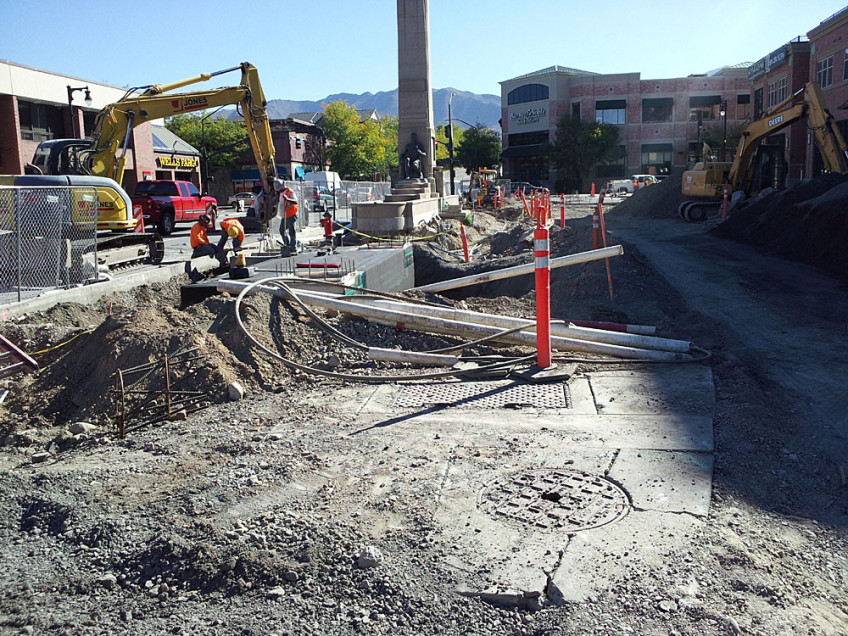
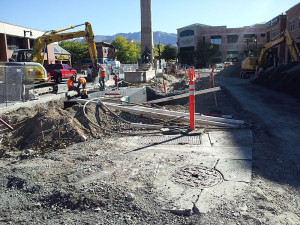 As the world faces pressing environmental challenges, the construction industry has taken significant strides toward sustainability. Civil engineering projects, in particular, have witnessed a surge in adopting sustainable practices. This blog post delves into the benefits and challenges of embracing sustainable construction in civil engineering projects. From reducing carbon footprints to overcoming hurdles in implementation, let’s explore the green path that holds the promise of a better future.
As the world faces pressing environmental challenges, the construction industry has taken significant strides toward sustainability. Civil engineering projects, in particular, have witnessed a surge in adopting sustainable practices. This blog post delves into the benefits and challenges of embracing sustainable construction in civil engineering projects. From reducing carbon footprints to overcoming hurdles in implementation, let’s explore the green path that holds the promise of a better future.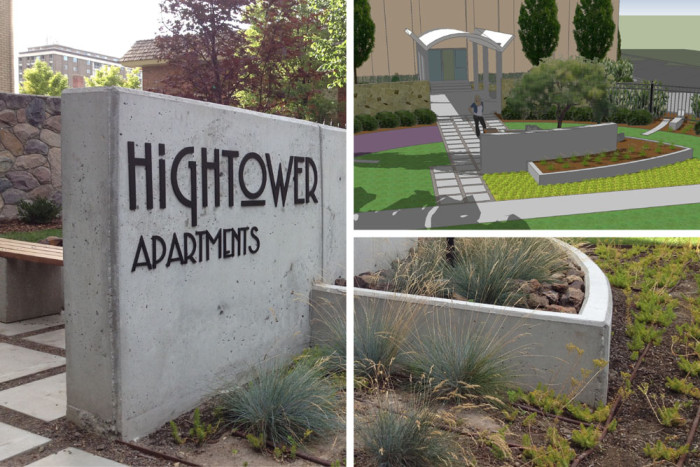
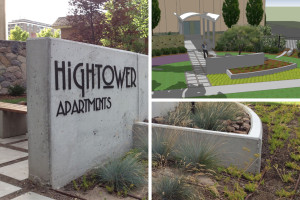 In an increasingly urbanized world, the importance of greenspaces and landscape architecture in fostering mental health and well-being cannot be overstated. As individuals spend more time in concrete jungles, the connection to nature becomes essential for their physical, emotional, and psychological health. In this blog post, we will explore the profound impact of landscape architecture on mental well-being, highlighting its role in transforming spaces into havens.
In an increasingly urbanized world, the importance of greenspaces and landscape architecture in fostering mental health and well-being cannot be overstated. As individuals spend more time in concrete jungles, the connection to nature becomes essential for their physical, emotional, and psychological health. In this blog post, we will explore the profound impact of landscape architecture on mental well-being, highlighting its role in transforming spaces into havens.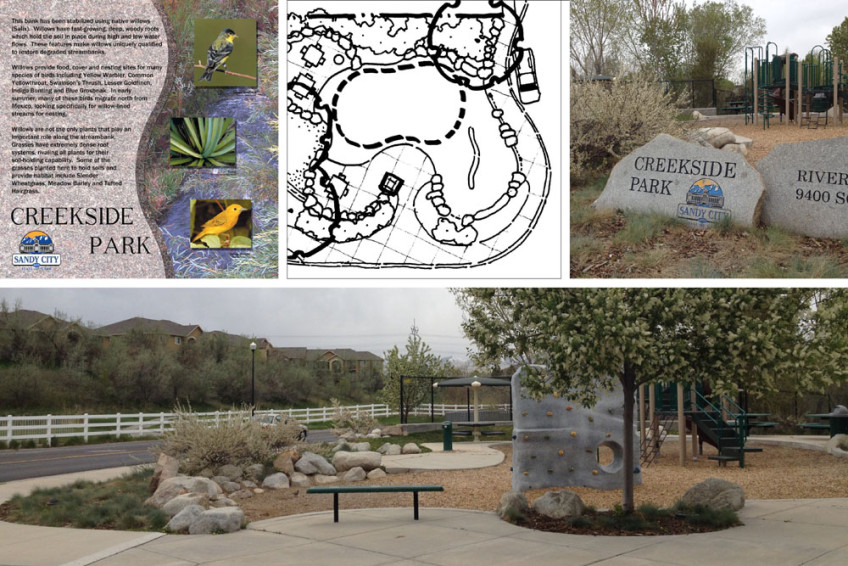
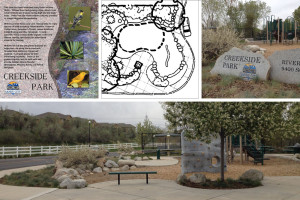 Public spaces are vital in enhancing the quality of life in cities and communities. As a multidisciplinary field, landscape architecture has the power to transform public spaces into vibrant, functional, and sustainable environments. In this blog post, we will explore the significant role of landscape architecture in improving public spaces. We will delve into the key principles and design strategies employed by landscape architects at McNeil Engineering to create welcoming and inclusive spaces that promote social interaction, connectivity, and environmental stewardship. By understanding the value of landscape architecture, we can better appreciate its impact on the built environment and the overall well-being of communities.
Public spaces are vital in enhancing the quality of life in cities and communities. As a multidisciplinary field, landscape architecture has the power to transform public spaces into vibrant, functional, and sustainable environments. In this blog post, we will explore the significant role of landscape architecture in improving public spaces. We will delve into the key principles and design strategies employed by landscape architects at McNeil Engineering to create welcoming and inclusive spaces that promote social interaction, connectivity, and environmental stewardship. By understanding the value of landscape architecture, we can better appreciate its impact on the built environment and the overall well-being of communities.
 As sustainability and energy efficiency become increasingly important in the construction industry, innovations in roofing systems have taken center stage. A well-designed and energy-efficient roof can significantly impact a building’s energy consumption and environmental footprint. Here at McNeil Engineering, we have been a leader in the roofing industry since 1984, and we’d love to pass along our expertise.
As sustainability and energy efficiency become increasingly important in the construction industry, innovations in roofing systems have taken center stage. A well-designed and energy-efficient roof can significantly impact a building’s energy consumption and environmental footprint. Here at McNeil Engineering, we have been a leader in the roofing industry since 1984, and we’d love to pass along our expertise.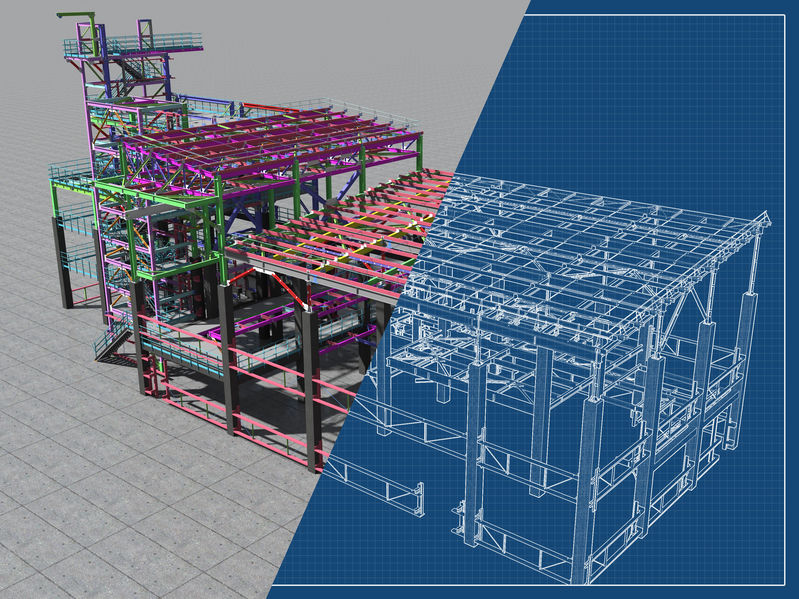
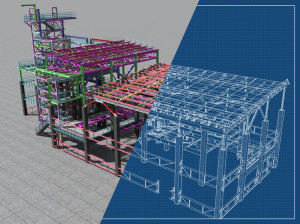 In the fast-paced construction world, efficiency is critical to successful project completion. One technological advancement that has revolutionized the construction industry is Building Information Modeling (BIM). With its ability to streamline processes, improve collaboration, and minimize errors, BIM has become an indispensable tool for paving projects. In this blog post, we will explore how BIM enhances construction efficiency in paving projects and how McNeil Engineering can help contractors, owners, and architects maximize the benefits of BIM in their projects.
In the fast-paced construction world, efficiency is critical to successful project completion. One technological advancement that has revolutionized the construction industry is Building Information Modeling (BIM). With its ability to streamline processes, improve collaboration, and minimize errors, BIM has become an indispensable tool for paving projects. In this blog post, we will explore how BIM enhances construction efficiency in paving projects and how McNeil Engineering can help contractors, owners, and architects maximize the benefits of BIM in their projects.
 Roofing is a critical component of any building, protecting it from the elements and ensuring its longevity. Over the years, we here at McNeil Engineering and the roofing industry as a whole have witnessed significant advancements in materials and technologies, leading to the development of innovative solutions that offer exceptional durability. In this blog post, we will explore some of the latest innovations in roofing materials that are revolutionizing the industry and providing long-lasting protection for residential and commercial structures.
Roofing is a critical component of any building, protecting it from the elements and ensuring its longevity. Over the years, we here at McNeil Engineering and the roofing industry as a whole have witnessed significant advancements in materials and technologies, leading to the development of innovative solutions that offer exceptional durability. In this blog post, we will explore some of the latest innovations in roofing materials that are revolutionizing the industry and providing long-lasting protection for residential and commercial structures. In today’s fast-paced construction industry, effective collaboration and coordination among project stakeholders are crucial for successful project delivery. Building Information Modeling (BIM) has revolutionized how construction projects are designed, planned and executed, especially here at McNeil Engineering. When it comes to roofing projects, integrating BIM into the process can bring numerous benefits, improving project coordination, communication and efficiency. In this blog post, we will explore the advantages of BIM-integrated roofing solutions and how they enhance project collaboration.
In today’s fast-paced construction industry, effective collaboration and coordination among project stakeholders are crucial for successful project delivery. Building Information Modeling (BIM) has revolutionized how construction projects are designed, planned and executed, especially here at McNeil Engineering. When it comes to roofing projects, integrating BIM into the process can bring numerous benefits, improving project coordination, communication and efficiency. In this blog post, we will explore the advantages of BIM-integrated roofing solutions and how they enhance project collaboration.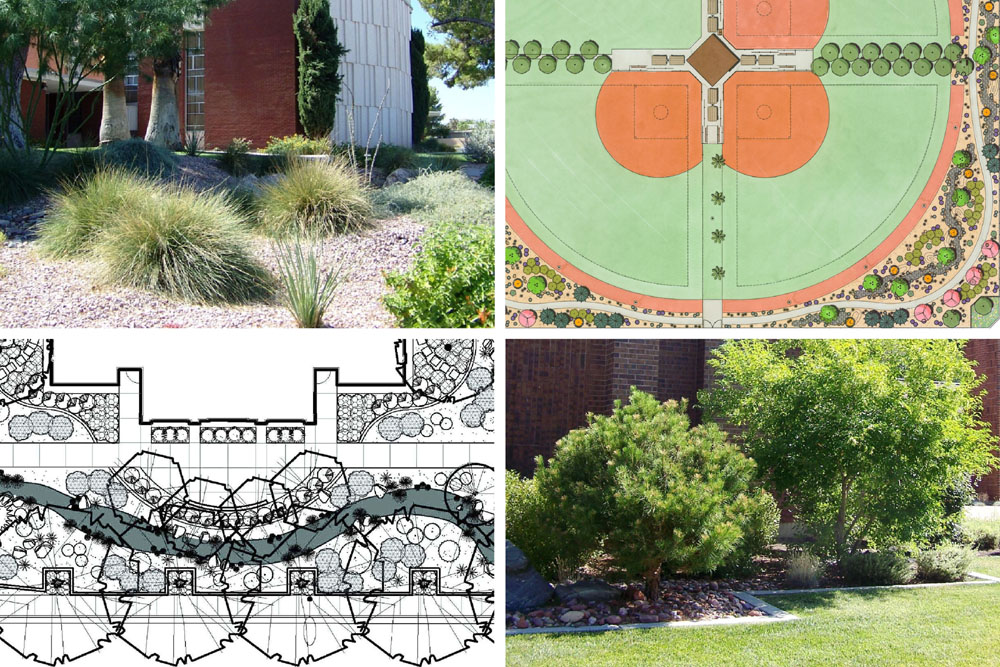
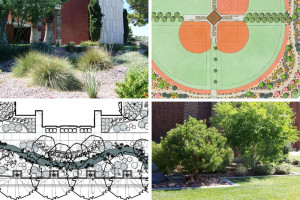 One of the first items on our checklist for any project at McNeil Engineering is a site analysis. A site analysis forms the foundation of any successful project, particularly a successful landscape architecture project. It involves a comprehensive evaluation of the site’s physical, environmental and cultural characteristics before the team embarks on the design process. By thoroughly understanding the site’s unique qualities, landscape architects can create designs that harmonize with the natural surroundings and meet the users’ needs.
One of the first items on our checklist for any project at McNeil Engineering is a site analysis. A site analysis forms the foundation of any successful project, particularly a successful landscape architecture project. It involves a comprehensive evaluation of the site’s physical, environmental and cultural characteristics before the team embarks on the design process. By thoroughly understanding the site’s unique qualities, landscape architects can create designs that harmonize with the natural surroundings and meet the users’ needs.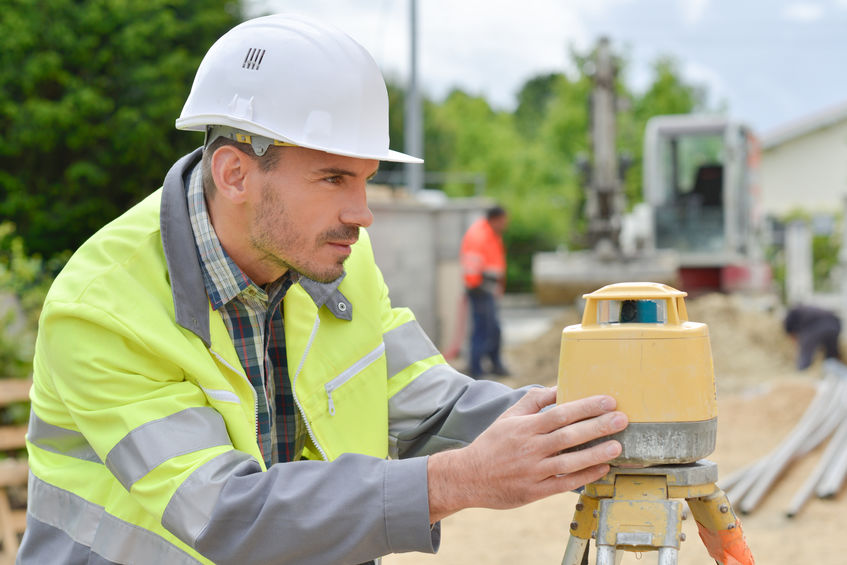
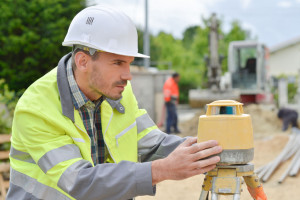 Technology has played a significant role in advancing the field of historic preservation. One such technology that has revolutionized how we document and conserve historic structures is laser scanning, which we have used in countless projects here at McNeil Engineering. In this blog post, we will delve into the applications of laser scanning and how we have used it in historic preservation. From capturing precise 3D data to aiding restoration efforts, laser scanning has proven invaluable in preserving our architectural treasures for future generations.
Technology has played a significant role in advancing the field of historic preservation. One such technology that has revolutionized how we document and conserve historic structures is laser scanning, which we have used in countless projects here at McNeil Engineering. In this blog post, we will delve into the applications of laser scanning and how we have used it in historic preservation. From capturing precise 3D data to aiding restoration efforts, laser scanning has proven invaluable in preserving our architectural treasures for future generations.